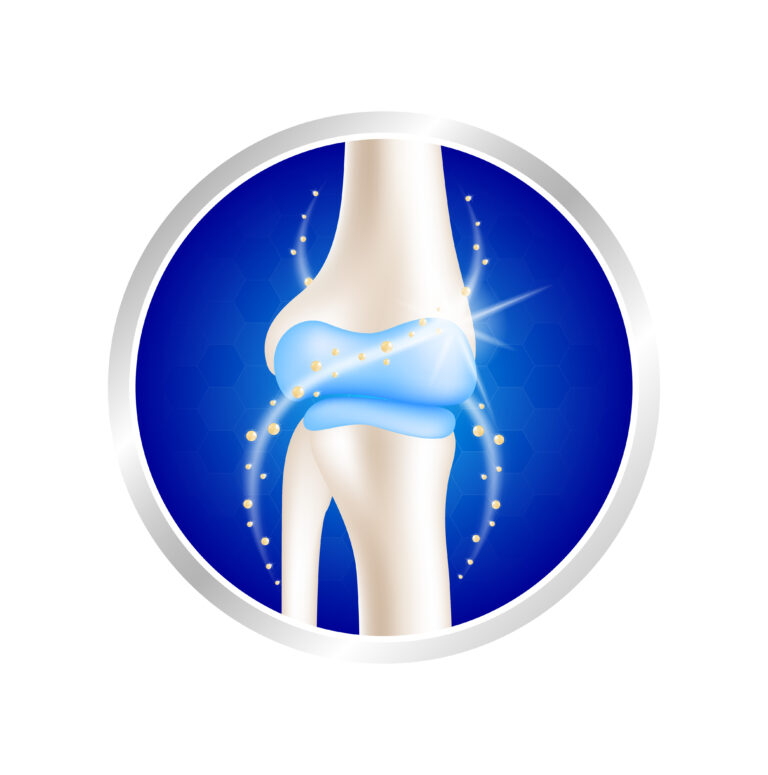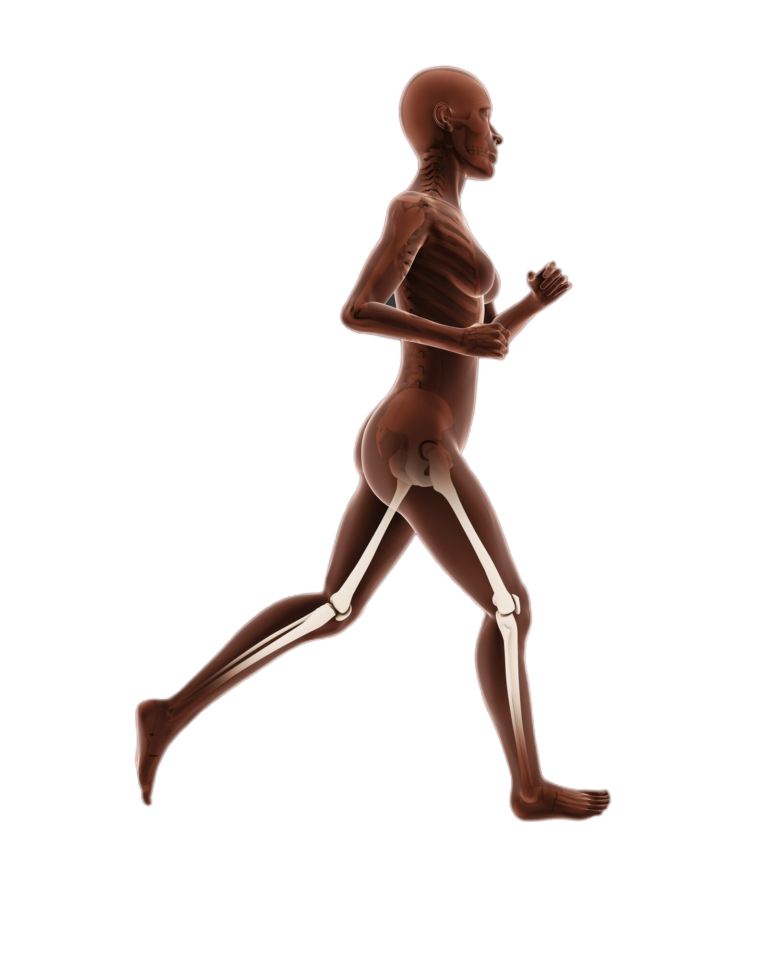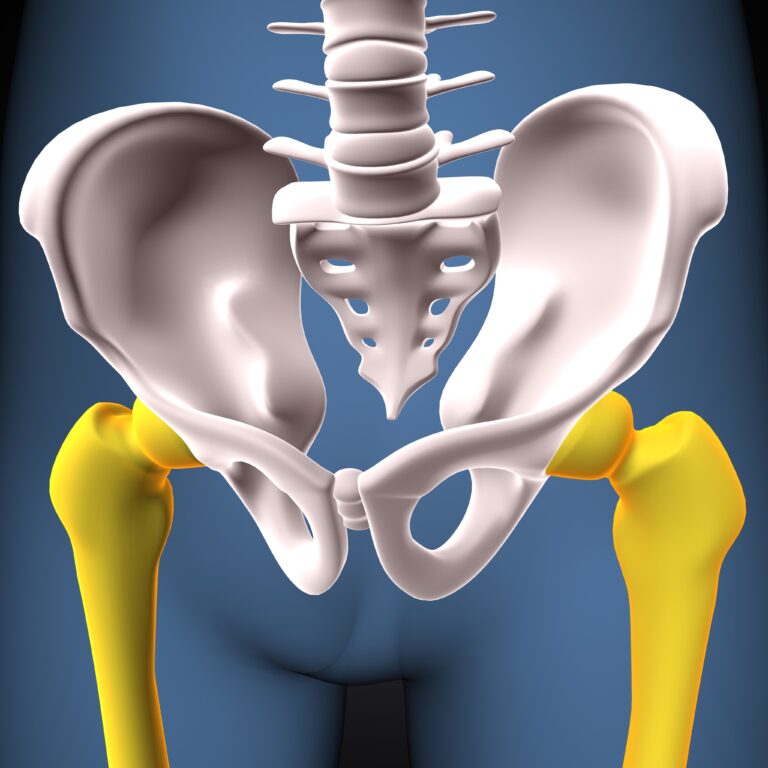Introduction
3D printing is revolutionizing hip replacement surgery by offering customized and precise solutions that enhance implant effectiveness and patient outcomes.
- Custom Implants
A key advantage of 3D printing in hip replacement is the creation of custom implants. These implants are designed to match the patient’s unique anatomy, providing a better fit and improved functionality. This tailored approach minimizes complications and extends the implant’s lifespan.
- Surgical Precision
3D printing allows for the development of detailed surgical guides, enabling surgeons to plan and execute procedures with greater accuracy. Precise implant placement reduces tissue damage, resulting in quicker recovery and less post-operative pain.
- Advanced Materials
With 3D printing, advanced biocompatible materials can be used to create implants. These materials are durable, lightweight, and mimic the natural properties of bone, promoting better integration and reducing the likelihood of implant failure.
Benefits for Patients
Patients experience several benefits from 3D-printed hip implants:
- Enhanced Fit and Function: Custom implants ensure a superior fit and more natural joint movement.
- Shorter Surgery Times: Precise surgical guides streamline the procedure, reducing operating room time.
- Quicker Recovery: Faster recuperation is facilitated by minimally invasive techniques and improved implant integration, resulting in reduced discomfort for patients.
Future Prospects
The future of 3D printing in hip replacement is promising. Ongoing research aims to develop even more advanced materials and refine surgical techniques to further improve patient outcomes.
Conclusion: 3D printing is transforming hip replacement surgery by offering personalized, precise, and durable solutions. This innovative technology promises better results and an improved quality of life for hip replacement patients.
Disclaimer: The information provided in this blog post is for general informational purposes only and should not be considered professional advice. Before making any health-related decisions, consult with a qualified healthcare professional. The content is not a substitute for medical advice, and individual results may vary. The author and website are not responsible for any consequences arising from the use of the information provided. Use your best judgment and seek professional advice when needed.



